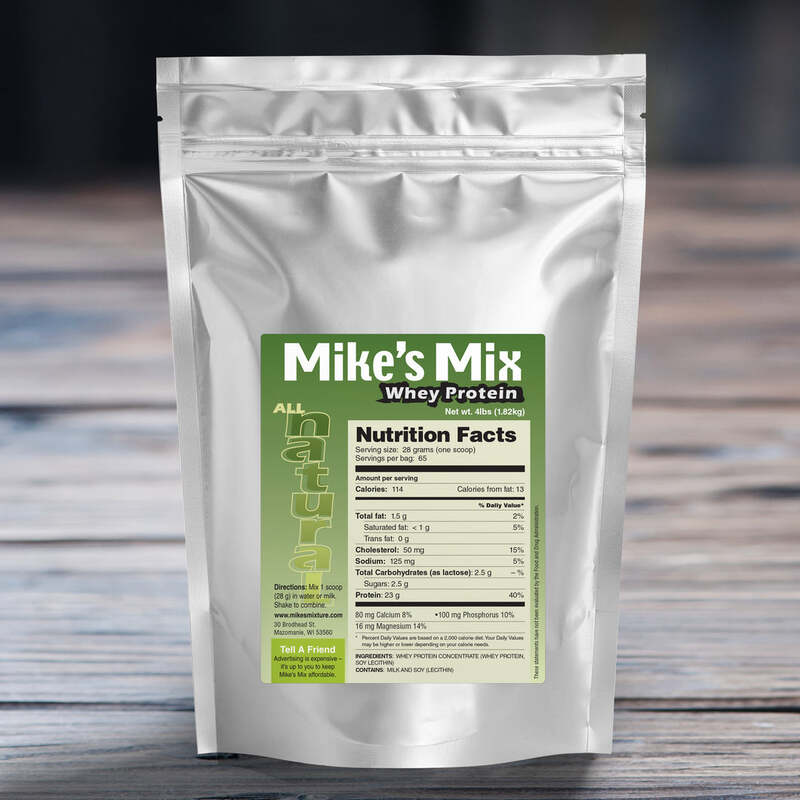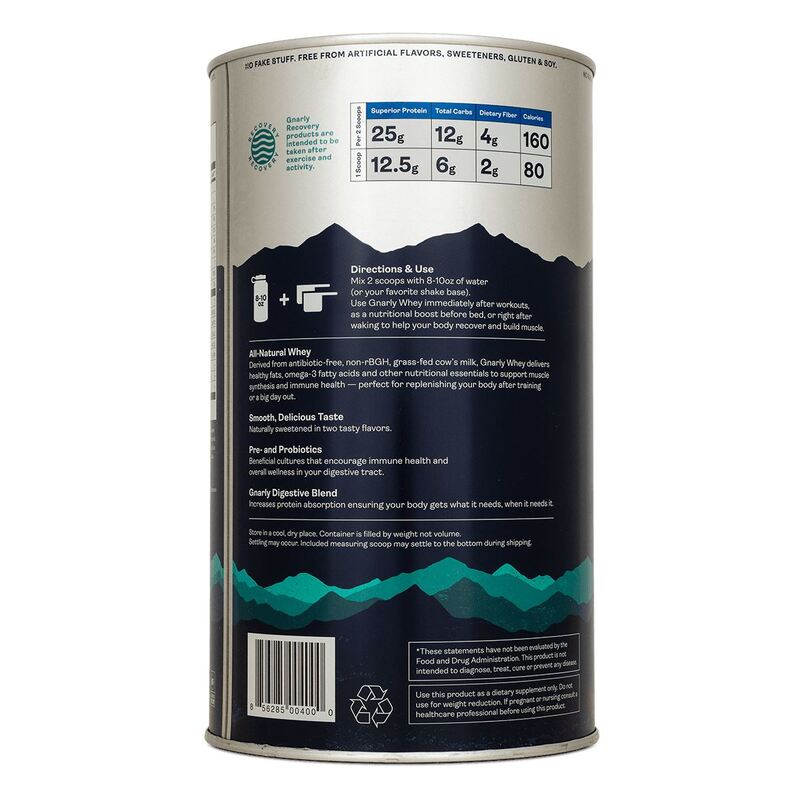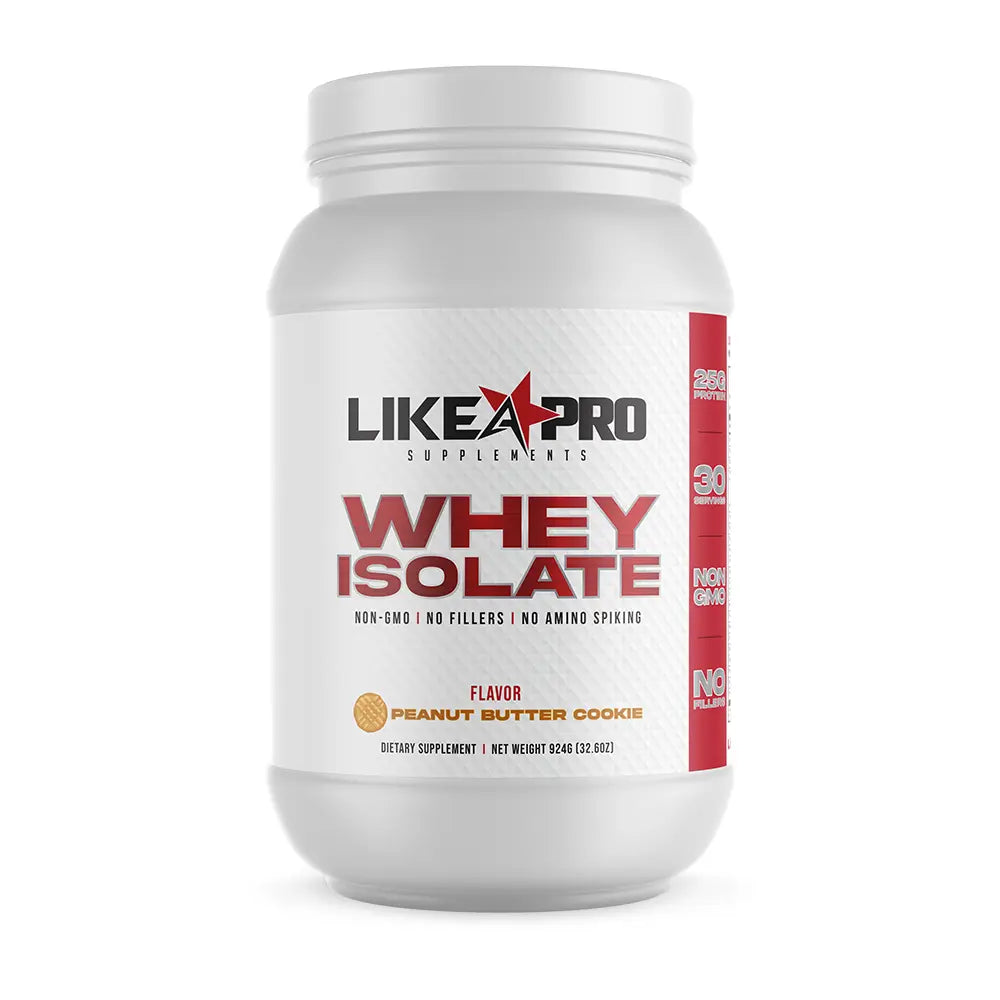Introduction to Protein Powder Pancakes
Protein powder pancakes offer a nutritious twist to your breakfast routine. They blend traditional pancake ingredients with protein powder for an extra boost. These pancakes are not just for fitness enthusiasts. Anyone looking for a hearty, protein-rich start to their day can enjoy them. The process for how to make pancakes with protein powder is simple and adaptable. You can use your favorite protein powder and mix it with ingredients you likely already have in your kitchen. The result is a satisfying and healthy meal. They can be as fluffy and delicious as regular pancakes, with the added benefit of protein. Easy to make and customize, they are perfect for a quick breakfast or a post-workout meal. Next, we’ll explore the key ingredients you need to create these power-packed pancakes.
Essential Ingredients for Protein-Packed Pancakes
Creating the perfect protein-packed pancakes requires more than just protein powder. To make these nutritious pancakes, here is a list of essential ingredients you will need:
- Protein powder: The star of the show. Choose a high-quality protein powder that suits your dietary preferences, like whey, soy, or pea protein.
- Oats: Ground to a fine flour or used whole for texture, oats add fiber and substance to your pancakes.
- Eggs: They bind the ingredients together and contribute to the fluffiness of the pancakes.
- Milk: Use any kind you prefer—cow’s, almond, soy, or oat milk—all work well for moisture and consistency.
- Baking powder: It helps the pancakes rise and creates a light, airy structure.
- Banana: Optional, but it adds natural sweetness and helps with binding the batter without extra fats.
- Greek yogurt: Incorporates additional protein and creates a tender texture in the pancakes.
- Vanilla extract: For that classic, sweet pancake flavor.
- Cinnamon: Adds warmth and spice to the flavor profile.
Each ingredient plays a crucial role in not only the taste but also the nutritional profile of the pancakes. By combining these ingredients, you create a balanced and healthful pancake that will energize your day.

Step-by-Step Guide to Making Protein Pancakes
Now that you know what ingredients you need for protein-packed pancakes, let’s dive into the steps. Here’s how to make pancakes with protein powder that are both easy and delicious:
- Combine Dry Ingredients: Start by mixing the protein powder, ground oats, baking powder, and cinnamon in a bowl. Make sure everything blends well.
- Blend Wet Ingredients: In a separate bowl, whisk the eggs, milk, and vanilla extract. If you’re using a banana, mash it into this mixture. Add Greek yogurt for extra protein.
- Mix Together: Pour the wet ingredients into the dry ones. Stir until you form a smooth batter. Be careful not to over-mix to keep the pancakes fluffy.
- Cook Pancakes: Heat a non-stick pan with a bit of oil over medium heat. Scoop the batter onto the pan, making sure to leave space between pancakes. Watch for bubbles and a golden underside, then flip.
- Keep Warm: If you wish to serve all pancakes hot, set an oven to the lowest setting. Use baking trays to keep the pancakes warm as you cook the rest.
- Serve and Enjoy: Stack the pancakes up and top them with your favorite ingredients like nut butter, maple syrup, or fresh fruit.
With these steps, you can whip up a batch of protein pancakes that will keep you full and energized. Remember, the key to perfect texture is not to over-mix the batter and to cook the pancakes on a medium heat. By following these guidelines, you’ll make pancakes that are just as fluffy and tasty as traditional ones, while packing in the protein.
Tips and Tricks for the Perfect Protein Pancake Texture
Achieving the perfect texture in protein pancakes is crucial. Here are simple tips and tricks:
- Avoid Over-Mixing: Stir the batter just until ingredients blend. Over-mixing can lead to tough pancakes.
- Proper Cooking Temperature: Preheat your pan on medium heat. If it’s too hot, pancakes burn. If it’s too cold, they won’t cook properly.
- Consistent Thickness: Use a measuring scoop for even-sized pancakes that cook uniformly.
- Grease the Pan Lightly: Use a light coat of oil or non-stick spray. Too much grease can make pancakes crispy.
- Wait for Bubbles: Before flipping, wait for bubbles to appear on the pancake surface. This shows the bottom is cooked.
- Flip Gently: Use a spatula to flip the pancakes gently. They need to cook evenly on both sides.
- Do Not Press Down: After flipping, don’t press down on the pancakes. This keeps air inside and maintains fluffiness.
By following these tips, you can ensure your protein pancakes have a desirable texture. Perfect pancakes should be fluffy, lightly golden, and full of flavor. Practice makes perfect, so do not worry if your first batch isn’t flawless. With these pointers, your skills will improve. Enjoy your delicious protein pancakes.

Nutritional Benefits of Adding Protein Powder to Pancakes
Adding protein powder to pancakes has several nutritional benefits. First, protein is essential for building and repairing tissues in your body. Including protein powder in your pancake mix can help you meet your daily protein needs. This is particularly beneficial for those with higher protein requirements, such as athletes or people who exercise regularly.
Protein also helps you feel full for longer. This can reduce the temptation to snack and can help with weight management. Protein-rich pancakes can keep you satisfied until your next meal, preventing overeating.
Additionally, protein powder can increase the nutritional value of your pancakes by adding vitamins and minerals that are often found in protein supplements. These can include iron for healthy blood, calcium for strong bones, and B-vitamins for energy production.
Lastly, using protein powder instead of some flour can lower the carbohydrate content of your pancakes. This can be helpful for those monitoring their carb intake, such as people with diabetes or those on a low-carb diet.
Overall, protein powder can make your pancakes a more balanced meal with added health benefits. It’s an easy way to boost your breakfast and support your body’s nutritional needs.
Creative Toppings and Flavor Variations
Once you have mastered how to make pancakes with protein powder, it’s time to get creative with toppings and flavors. Adding various toppings and flavor enhancements can elevate your protein pancakes from simply nutritious to delightfully gourmet. Here are some ideas to inspire your next pancake upgrade:
- Nut Butters: Swirl in peanut or almond butter for a creamy texture and nutty flavor.
- Fresh Berries: Top with strawberries, blueberries, or raspberries for a burst of freshness.
- Chocolate Chips: Sprinkle in some dark chocolate chips for a sweet treat.
- Nuts and Seeds: Add crunch with chopped nuts or seeds such as chia or flaxseeds.
- Coconut: Sprinkle shredded coconut for a tropical twist.
- Spices: Mix in cinnamon, nutmeg, or pumpkin spice for a warm, aromatic flavor.
- Citrus Zest: Grate lemon or orange zest into the batter for a zesty kick.
- Protein Icing: Combine protein powder with Greek yogurt for a protein-rich icing.
- Cacao Powder: For chocolate lovers, add cacao powder to the batter for a deep chocolatey flavor.
Each addition not only adds flavor but can also contribute additional nutritional benefits. Remember to balance your toppings with the rest of your meal to maintain a healthy diet. With these variations, every pancake breakfast can be a new adventure. Enjoy experimenting and finding your favorite combinations!

How to Serve Protein Pancakes for the Best Experience
To truly enjoy your protein powder pancakes, serve them up in a way that delights all senses. Here’s a quick guide to make your pancake experience the best it can be:
- Keep Them Warm: Use your oven’s lowest setting to keep pancakes warm as you cook the rest. This ensures every pancake is toasty when served.
- Presentation Matters: Stack pancakes neatly and top them with vibrant toppings like fresh berries or a drizzle of honey for visual appeal.
- Mix Textures: Combine crunchy toppings like nuts with soft ones like yogurt to excite your palate.
- Control Portions: Serve two to three pancakes per person to avoid overindulgence and to savor each bite.
- Pair with Protein: Offer sides that increase protein content, such as scrambled eggs or a slice of turkey bacon.
- Remember Beverages: Complement your pancakes with a glass of milk or a steaming cup of coffee for a complete meal.
- Mind Dietary Needs: Provide alternatives like sugar-free syrup or gluten-free toppings to accommodate all guests.
By considering these serving tips, your protein pancakes won’t just be a meal but an experience to remember.
Conclusion: Incorporating Protein Pancakes Into Your Diet
In wrapping up, protein pancakes stand out as a stellar choice for anyone’s diet. They fit well in meal plans aiming for high protein intakes. Whether you’re an athlete in training or someone keen on nutritious meals, these pancakes deliver. By getting to know how to make pancakes with protein powder, you’ve equipped yourself with a versatile recipe. You can adapt it to taste preferences and nutritional needs.
With simple ingredients and easy steps, protein pancakes can be a regular on your breakfast table. They don’t just pack in the protein; they’re also brimming with potential for variety. Get creative with flavors and toppings to keep things exciting. Remember to keep the balance, ensuring your toppings stay in line with a healthy diet.
Lastly, it’s about more than just the pancake. It’s about the experience and the benefits. Warm, fluffy pancakes topped with your favorites, enjoyed at a table with loved ones—this is the ultimate reward. And the boost in energy and nutrition is a bountiful bonus. So, embrace protein pancakes as more than just food. They’re your canvas for culinary creation, your tool for a stronger body, and your means for a nourishing start to the day.



































